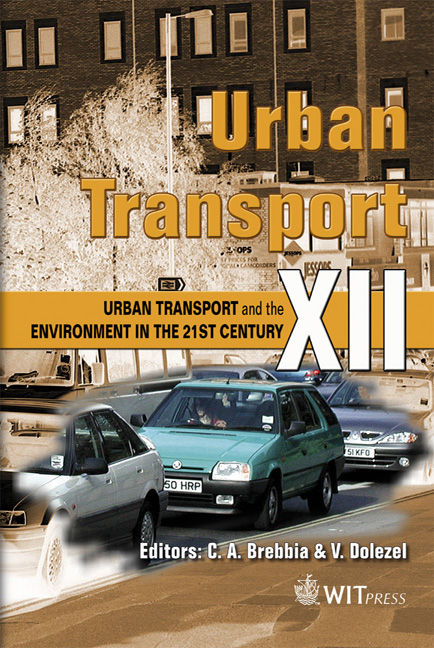Sustainable Urban Transport In Lithuania: Influence Of Land Use And Socio-economic Development
Price
Free (open access)
Transaction
Volume
89
Pages
6
Published
2006
Size
354 kb
Paper DOI
10.2495/UT060491
Copyright
WIT Press
Author(s)
Z. Bazaras, A. Kersys, R. Kersys & R. Skvireckas
Abstract
For sustainable urban transport planning, instead of the direct prediction of transport demand based on tendency prognosis, the connection between influential factors and demand is modeled. The prognosis of influential factors used takes into account the reasons behind public transport demand. Practical realization of such a task demands a detailed analysis of the influence of these factors on the transport demand presented. The influence of factors such as the development of economics, level of motorization, inhabitant density and land use on the transport demand are evaluated. Analysis is performed on the basis of the theoretical expressions of inhabitant mobility and the information of practical investigations. Keywords: sustainable city, public transport, mobility, land use, urban planning. 1 Introduction With about three-quarters of the population of the European Union living in urban areas, most transport related environmental and health problems occur in cities and surrounding areas [1]. Increased use of public transport is one of the keys to sustainable mobility. Achieving this increase depends on linking all forms of travel in ways that also create better living conditions with less air and noise pollution, and less use of land and energy. The relationships between land-use and transport are complex, as each is directly dependent on the other. The difficulty is compounded by interactions with other factors, such as age of distribution, employment categories, income levels and car ownership, which may both depend on, and be influenced by,
Keywords
sustainable city, public transport, mobility, land use, urban planning.





